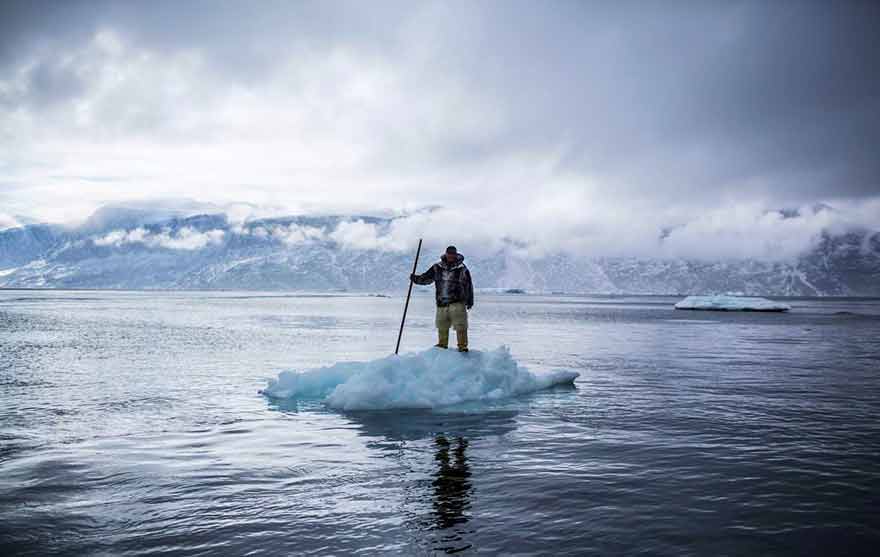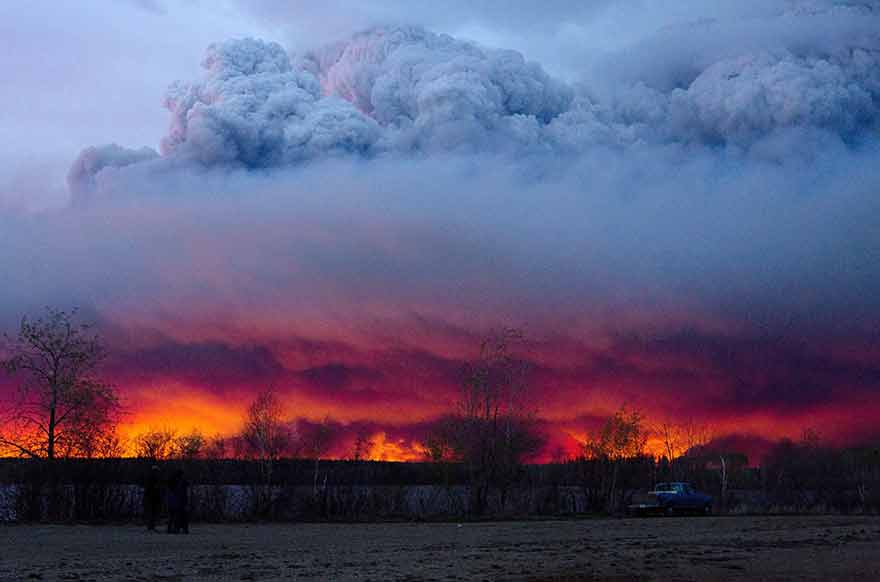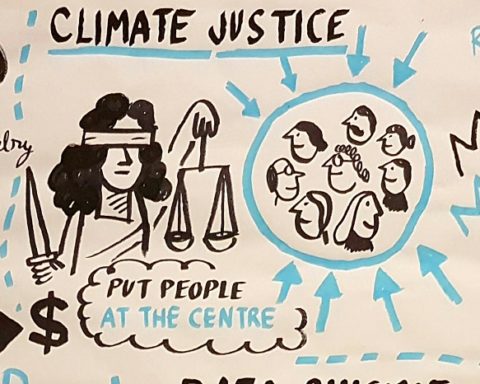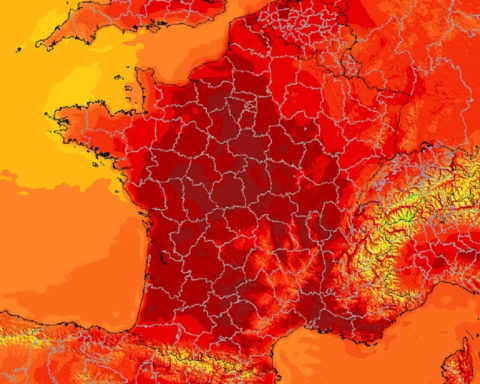Alors que des milliers de réfugiés poussés par la guerre et l’oppression continuent d’affluer vers l’Europe en provenance du Moyen – Orient et d’Afrique sub-saharienne, des chercheurs viennent d’annoncer que ce que l’on observe aujourd’hui n’est rien à côté de ce qui va arriver. En effet, dans un avenir relativement proche, des millions de familles du Moyen – Orient et d’Afrique pourraient avoir à fuir leurs pays pour une toute autre raison que la guerre ou la misère : le changement climatique.
Sccording to researchers at the Max Planck Institute for Chemistry in Germany and the Cyprus Institute, temperatures in the Middle East and North Africa will soon reach levels too high for human survival. « Summer temperatures in the already very hot North Africa and Middle East will increase more than twice as fast as the average global warming. "said the team in a statement.
A matter of human survival
These projections, the full report of which was published in the journal Climatic ChangeThe first scenario assumes that greenhouse gas emissions would decrease by 2040 (if everyone follows the UN guidelines) and the second scenario, which researchers call the "do nothing" scenario, is based on the assumption that greenhouse gas emissions will decrease by 2040: "business-as-usual."
Even if the commitments of the Paris agreement on climate change are respected, the team found that the Middle East and North Africa will continue to experience a considerable rise in temperature, necessarily leading to a mass exodus of the populations concerned.
The result of the study is deeply alarming: even if the Earth's temperature were to increase by only two degrees Celsius on average compared to pre-industrial times, the summer temperature in these regions would increase by more than double. By the middle of the century, during the hottest periods, temperatures will not fall below 30 degrees at night and during the day they could reach 46 degrees Celsius. By the end of the century, midday temperatures on hot days could even rise to 50 degrees Celsius. Another finding: heat waves may occur ten times more often than they do today.
In these extreme conditions, it is human habitability that becomes intolerable.

An inevitable exodus with incalculable consequences
In addition, the duration of heat waves in North Africa and the Middle East will increase dramatically. Between 1986 and 2005, it was very hot for an average duration of about 16 days. By the middle of the century, it will be exceptionally hot for 80 days a year. By the end of the century, it will be up to 118 days, even though greenhouse gas emissions will decrease again after 2040. « If humanity continues to release carbon dioxide as it is doing now, people living in the Middle East, Africa and the North will have about 200 unusually hot days per year. "says Panos Hadjinicolaou, associate professor at the Institute of Cyprus and climate change specialist.
The research team has also published results on the increase in fine particulate air pollution in the Middle East. They found that desert dust in the atmosphere over Saudi Arabia, Iraq and Syria has increased by as much as 70 percent since the beginning of this century. This is mainly due to an increase in sandstorms as a result of prolonged droughts. Climate change is expected to contribute to further increases, which will worsen environmental conditions in the region.
The high temperatures, mixed with air pollutants and dust, could force many families to migrate en masse in search of better survival conditions. To arrive at this troubling conclusion, the team studied previous climate data and used 26 different climate models to anticipate how conditions in these regions would change.
One of the team members, atmospheric researcher Jos Lelieveld of the Max Planck Institutes and Cyprus, says: " Prolonged heat waves and desert dust storms will make some areas uninhabitable, which is likely to contribute to migratory pressure. ".
With more than 500 million people living in the region, if catastrophic weather events were to occur, it could trigger more migration than ever before, with incalculable effects on countless other regions. This is worrying when we see the problems that Europe is already facing at present with its few hundred thousand refugees.













